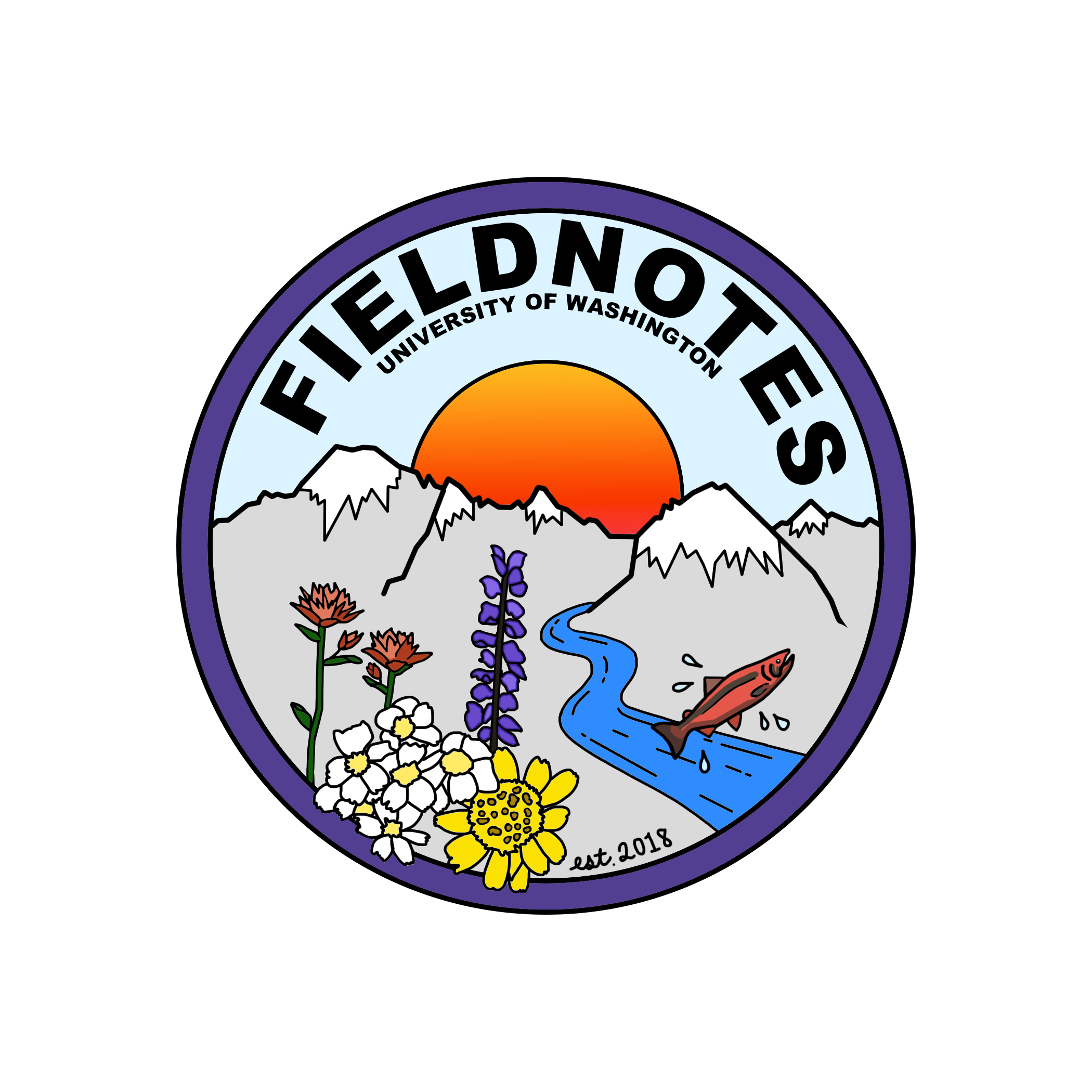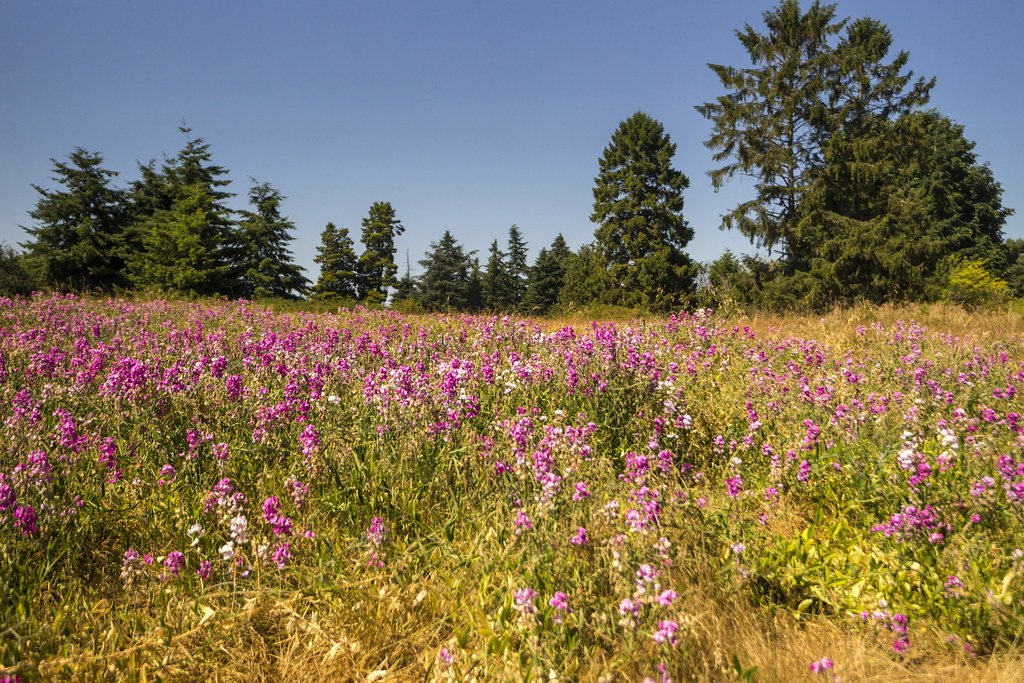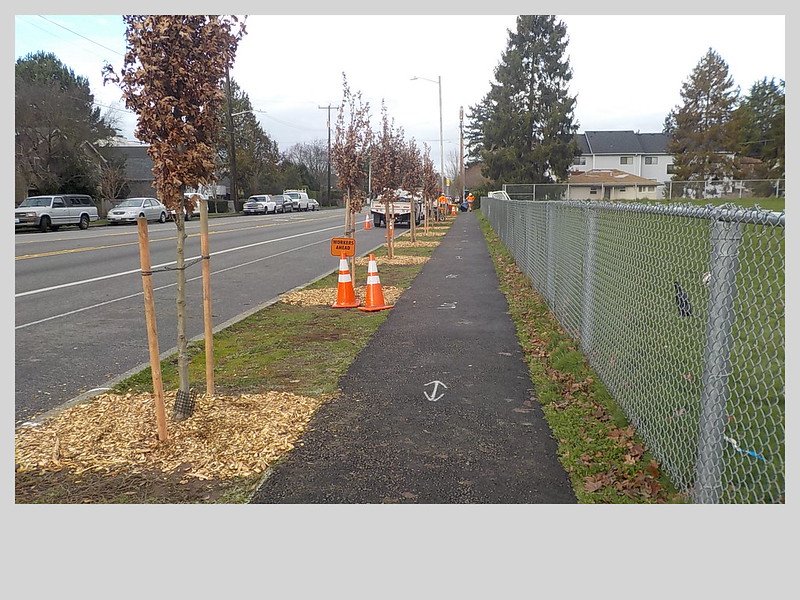Paint It Green: Making Nature Accessible for All
By Lauren Grady, Marine Biology ‘25
Discovery Park, located near Seattle’s Magnolia neighborhood (Image credit: Seattle Parks and Recreation).
In a city of gray, green is essential. Volunteer, Carkeek, Discovery, and Washington Arboretum parks all provide an escape from the bustling streets of downtown Seattle or a shady getaway during hot, sunny days. Parks and green spaces are vital to urban areas because they keep neighborhoods cool, increase property value, and improve the overall look of an area.
However, green spaces are not evenly distributed. Most of the famous parks in Seattle are located in wealthy, predominantly white neighborhoods, while many historically Black, Asian, and Latino neighborhoods lack nature preserves and other adequate green spaces. Neighborhoods in Seattle were segregated for a majority of the city’s history, which has since left many places lacking the resources and green spaces provided to historically white neighborhoods.
Map of Seattle neighborhood grading by the HOLC compared to Seattle racial demographics where red is White, cyan is Black, green is Asian, orange is Latino, and yellow is other; each dot represents 25 people (Image credit: Joelean Hall/Wikipedia Commons and Erica Fischer/Flickr).
Why does this matter? A lack of green spaces in poor and minority neighborhoods can create what is known as an urban heat island, or an area within a city that is significantly hotter than its surroundings. Urban heat islands are often caused by a lack of shade coverage and grassy surfaces, instead replaced by impervious surfaces like concrete and asphalt that trap heat and warm the surrounding area.
Recently, Seattle has made a substantial effort to improving access to nature, such as increasing city-wide tree canopy. But there is still a lot of work to be done, and many community members have taken matters into their own hands. Trees for Seattle, the Seattle Green Space Coalition, and the Green Seattle Partnership, for example, all seek to provide and maintain green spaces and tree coverage. As the climate continues to warm, green urban areas will become even more important for keeping neighborhoods cool, and ensuring that these green spaces are accessible to all is crucial.
Tree planting in Fauntleroy completed by the Seattle Department of Transportation (Image credit: SDOT).




